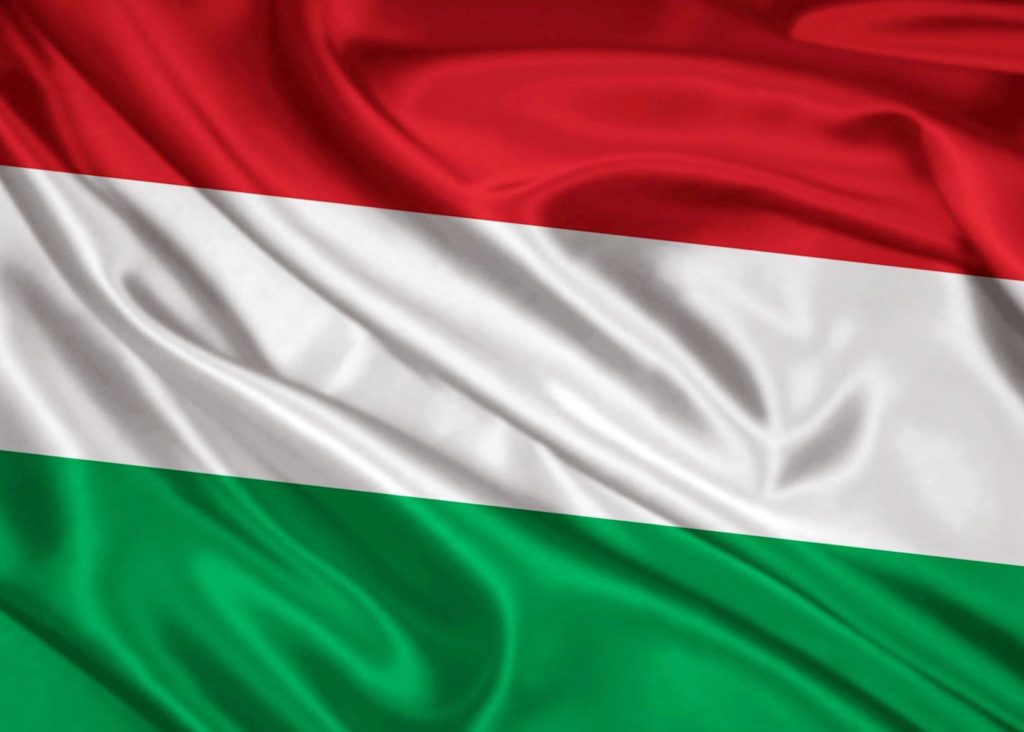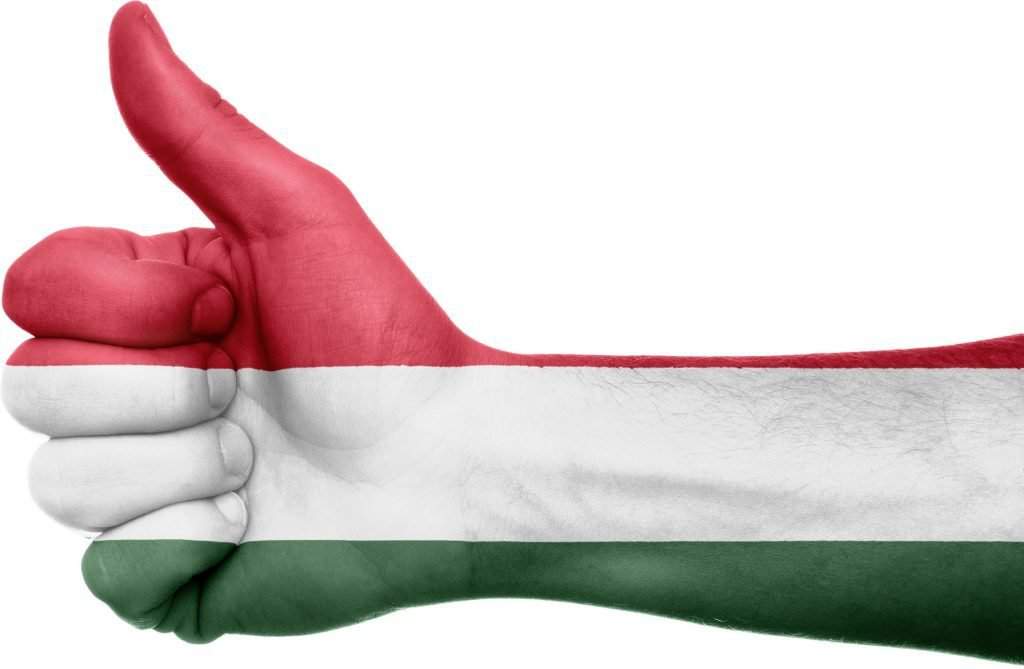13 fascinating facts about the Hungarian language

The complexity and uniqueness make Hungarian an outstanding language in the world. Another interesting information is that there are no similar languages near Hungary. The Culture Trip collected 13 facts you may not know about Hungarian.
It’s hard to learn
Hungarian is one of the most difficult languages to learn around the globe. People rank it in the top 10 due to its 26 cases and complicated rules.
Magyar
‘Magyar’ means ‘Hungarian’ that can refer to the Hungarian people and the Hungarian language as well.
13 million people
Only 13 million people speak Hungarian in the entire world because Hungary is a small country. It has only about 9.8 million citizens. The reason why more people speak this unique language than the population of the country is simple. Neighbour countries of Hungary such as Croatia, Slovenia, Slovakia, and Romania have a big Hungarian population. It is because those areas were part of the former Hungarian Kingdom. Additionally, there are many people living abroad in the United States or the United Kingdom for example, who speak Hungarian.

Asian origin
If you have ever wondered why the Hungarian language is so much different than the languages surrounding Hungary, it might have come to your mind that the Hungarian origin was a little bit farther away in the past. Namely, this origin happened to be in Asia. Therefore Hungarian is Finno-Ugric, unlike its Indo-European neighbours.
14 vowels
There are 44 letters in the Hungarian alphabet out of which 14 are vowels. If we compare this number with 5, that is the number of the English vowels, we may get even more surprised. Hungarian has 9 variants that originate in the 5 basic vowels “a, e, i, o, and u” that are á, é, í, ó, ö, ő, ú, ü, and ű. They all have different pronunciation and they can indeed make a difference in meaning. For example ‘fel’ means ‘up’ but ‘fél’ means ‘half’.
Flexible word order
There are many ways to build a sentence in Hungarian regarding word order. It is quite flexible but that might be misleading. There are certain rules one has to follow when constructing a Hungarian sentence unless it will be grammatically incorrect.

Hungarians in America before Colombus
There is a Yarmouth County Museum with encryption that is proved to be a very early version of the Hungarian language that existed way before Colombus’s time.
A 44-letter word
The longest Hungarian word is ‘megszentségteleníthetetlenségeskedéseitekért’, that contains 44 letters. It means something close to “for your [plural] continued behaviour pretending to be indescribable” according to europeisnotdead.com.
Much longer words
‘Megszentségteleníthetetlenségeskedéseitekért’ is officially recognised as the longest Hungarian word. On the other hand, there could be much longer words as well. It is possible to have long words like this in Hungarian because it is an agglutinative language. That means that prefixes, suffixes, and inflexions all go to the end of the word.
Hungarians are true to their origins
Unlike other languages, Hungarian have not changed that much from its beginnings. It still has an incredible 68 percent of its original word set unlike English, that has about 4 percent.
Photo: Wiki Commons by KhalaiTwo words for the colour red
In the Hungarian language, there are two words for the colour red. These are ‘piros’ and ‘vörös’. There is a difference between the two and they are interchangeable. However, there are certain nouns that go hand in hand with either one or the other. For example, wine is always ‘vörös’ but roses or blood can be both ‘piros’ and ‘vörös’.
Different name order
According to the Hungarian name order, surnames/family names come first, then the “first”/given names. For example, Péter Kovács would introduce himself as Kovács Péter. It is important to know, though, that people are still called by their given name.
44 letters
The Hungarian alphabet contains not less than 44 letters. Furthermore, if that is not confusing enough, some of them have two or three parts. For example ‘s’ is one letter, ‘z’ is another, ‘sz’ is the third one, ‘zs’ is the fourth one, and there is also a ‘dz’ and a ‘dzs’.
Featured image: facebook/Magyar Nyelv
Source: theculturetrip.com






I am going to use capital letters to amphesize the importance of what needs to be said about this article! PLEASE TAKE THIS PIECE OF GARBAGE OF AN ARTICLE OFF THE INTERNET! IT IS FULL OF FALSEHOODS, LIKE THE ORIGIN OF THE PEOPLE AND THEIR LANGUAGE, NAMELY BEING fINNO-UGRIC. That is very untrue according to the latest science! Also the HUNGARIAN ALPHABET is not 44 letters, as it is stated, It is only 42 letters. The letters DZ and DZS are NOT an official part of the language or the real Hungarian alphabet. It has also been scientifically proven by genetics that Hungarians and Szeklers (Székelys) are the same people and native residents of the Carpathian basin, speaking the same language since time immamorial and that Hungarians (or HUNS) have digressed from there as nomads to the East to the Russian steppes and beyond all the way to China, (look it up in Chinese history) but the Szeklers (who speak the same (Magyar) language, stayed behind in the Carpathian basin. And when the Hungarians returned to the Carpathian basin hundreds of years later, they actually returned HOME and were greated by the Szeklers in their own MAGYAR language. For genetic proof, look for it in a year 2000 issue of the Science Magazine . The Magyar language therefore is as old or older than Chinese, Egyptian, Hebrew, Sanskrit or Tamil.